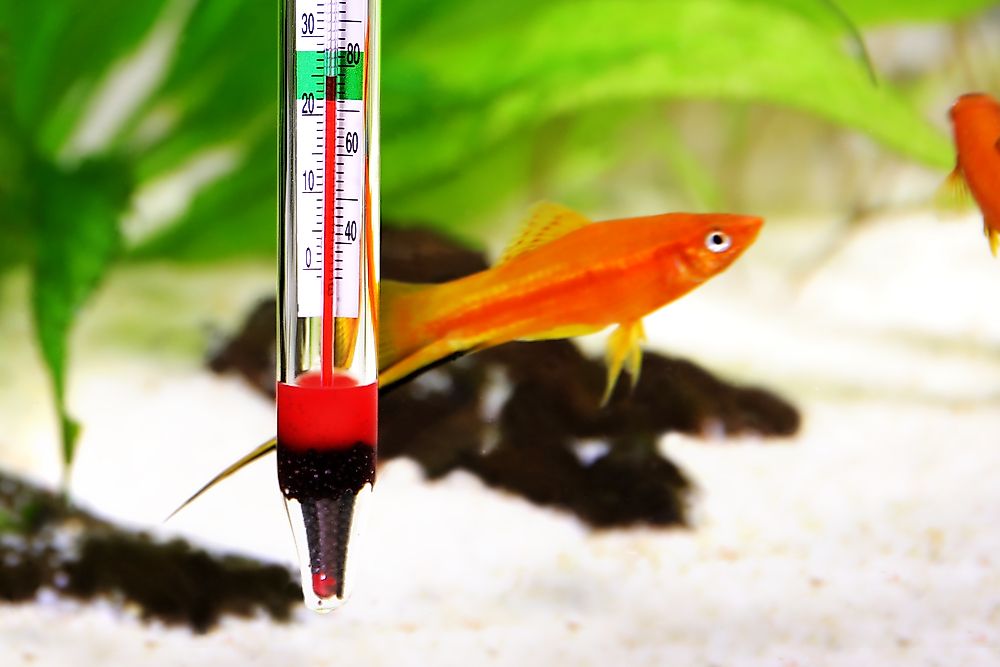What Is the Difference Between Heat and Temperature?

Heat and temperature have since been confused to mean the same thing. It is, therefore, necessary to distinguish the two to bring out a clear picture of the two. They may sound similar but are much different according to science and research. Heat is a type of energy that measures the total kinetic energy of the molecules in a body while the temperature is the state of being hot or cold of matter. Heat measurements are in Joules (J). On the other hand, temperature measurements are in degrees Celsius (°C). It can also be measuremented in Fahrenheit (°F) or Kelvin (K) depending on institution or country. Heat is expressed as Q while expression for temperature is T. A thermometer is used to measure temperature while a colorimeter measures heat.
What Is Temperature?
Absolute zero is the minimum temperature theoretically, at which particles remain motionless. Absolute zero is 0 K (Kelvin scale), -459.67 °F (Fahrenheit scale) and -273.15 °C (Celsius scale). Most parts of the world use the Celsius scale, but the United States usually uses the Fahrenheit scale. In Science, the Kelvin scale is widely used in measurements and was named so in honor of a physicist from Scotland. The Kelvin scale is most commonly termed absolute.
What Is Heat?
Heat can be transferred through radiation, conduction, convection, and advection. Conduction is the transfer of heat between solids, radiation is the transfer of energy in the form of electromagnetic waves through air, or a medium and convention is a transfer of heat in liquids and gases. Advection, on the other hand, is the transfer of heat by flow of fluids from one point to another. Heat is in simple terms, transferred from a hot end to a less hot spot either independently or through a medium. The motion of particles of matter sparkled by heat increases when there is a transfer of heat. Latent heat is the amount of heat needed to change a solid into liquid or vapor, or change fluid into vapor without necessarily changing the temperature.
Relationship Between Heat and Temperature
In trying to understand the concept of heat and temperature, what is important to note is that heat will either increase or decrease the temperature. An increase in heat will lead to increase in temperature while a decrease in heat will cause a reduction in temperature. Another critical difference is that heat is energy while the temperature is just but a measure of energy. Mostly, increase in heat causes an increase in the volume of matter. A quick example is a bathtub full of water and a cup full of water. Despite being at the same temperature, the two may vary in terms of heat. The tub has more molecules of water, and this translates to more thermal energy leading to heat generation. That is why the cup may have cold water as opposed to the bathtub having warmer water, despite the fact that both are within the same temperature. Temperature leads to change in phases or states of matter. Boiling, evaporation, melting, and freezing are all processes affected by changes in temperature. Heat and temperature are indeed different but casually mistaken to mean the same thing.











